Sie können sich von der zentralen Abmeldeseite jederzeit von jedem Blog-Feed oder von Marketing-E-Mails von Zuken abmelden.
Alle Beiträge in chronologischer Reihenfolge
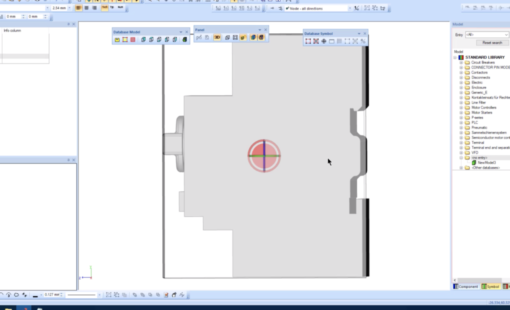
- Blog
This video will show step by step instructions on how to create a basic Panel Model and insert a 3D STEP file.

- Blog
You may have heard about Zuken’s recent acquisition of a Model-Based Systems Engineering (MBSE) company called Vitech Corporation. Yes, Vitech has an MBSE product called GENESYS, but first and foremost, they are a Systems Engineering company. Let’s take a look at Zuken’s leap into digital engineering and MBSE to understand the WHY.
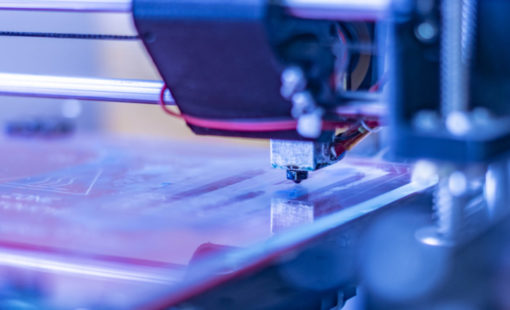
- Blog
Yes, it is true that even today, so many years after 3D printing started to garner attention and acclaim, rapid prototyping remains the single most common use for 3D printers. 3D printers offer the innovator advantages in the form of shorter turnaround times, improved development secrecy and greater design freedoms. But…it is also true that 3D printing isn’t going to remain as a tool for primarily rapid prototyping for much longer.

- Blog
Offsetting your Grid can be very useful when your component pads do not fall on the current Grid.
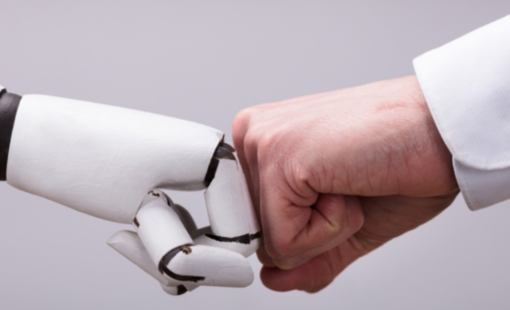
- Blog
AI (Artificial Intelligence) is everywhere. Second-guessing our playlists, what we want to buy, where we want to go and how to get there. Often unseen. Always present. AI can do this because it has access to Big Data. Powerful machine learning can make just about anything a lot smarter. How much data is big data?

- Blog
What exactly is a digital twin? It is a simulated model of an actual working product in the field...
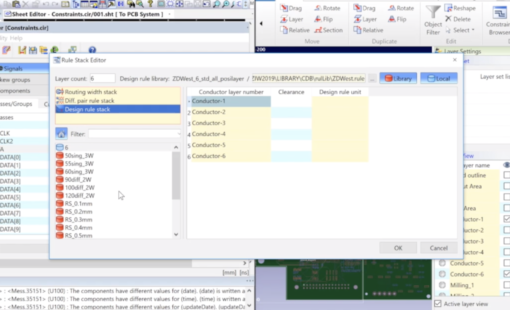
- Blog
When a design requires specific minimum spacing between net classes, these clearance classes can easily be created and assigned in CR-8000 Design Gateway.
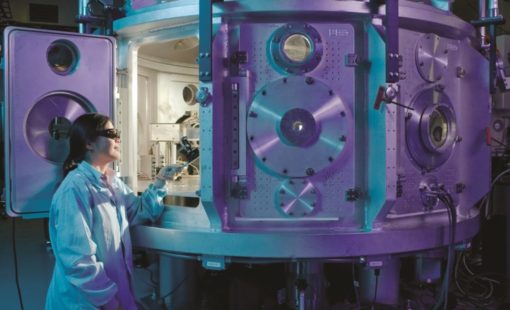
- Blog
A drawing on paper remains evidently two dimensional with little to no room for improvement. A PDF is a step up with the ability to pack a few layers of data but without the ability to have detailed instructions to drive manufacturing excellence.

- Blog
This video illustrates how to import and export ABL file from CR-8000 Advanced PCB Design Software Design Force tool to Keysight Technology’s Advanced Design Systems (ADS) Momentum Tool.

- Blog
Panels are ubiquitous to any electrical design discussion. In most cases., panels hold together the nerve center of a system and vary widely in complexity. An electrical design solution needs to cater to a simple panel such as we find in our homes that may contain a few fuses and disconnects. That solution should also be able to handle complex panels like the ones used for switchgear, PLCs and the motor control centers that drive the world of automation all around us.

- Blog
To keep a good high-speed signal quality from driver to receiver on a PCB is not an easy task for designers. One of the most challenging issues is managing the propagation delay and relative time delay mismatches. Let me take you through the process...
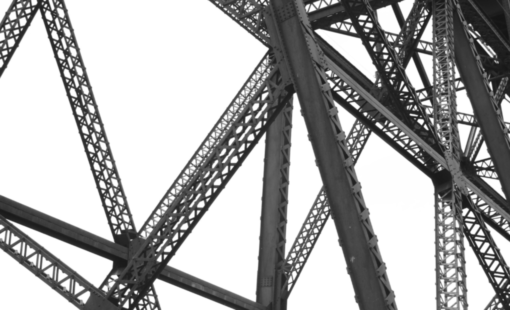
- Blog
Time is money in the engineering world. Every step in the design process is under increased scrutiny to reduce cycle time while maintaining accuracy while projects grow more complex by the minute. The E3.series software suite offers a number of add-on tools that will increase productivity by facilitating or automating common processes and by offering more intuitive interfaces for design environments.

- Blog
What IC designers do to help us route high-speed PCBs

- Blog
E3.series software offers a number of add-on tools that will increase productivity while allowing collaboration between all engineering disciplines. Keep in mind that functionality will vary based on your own MCAD and PLM solutions and their versions. Let’s explore the add-on tools in E3.series and see what’s available.

- Blog
PCB designers typically have little or no experience with SPICE applications. No worries, follow along with me and get to know your SPICEs!
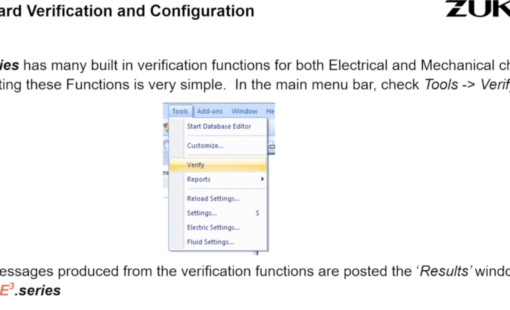
- Blog
In this tech-tip, we will cover the steps for creating custom verification scripts. This will ultimately create consistency in your verification process as well as saving you time as you can reuse this script from one design to the next.
